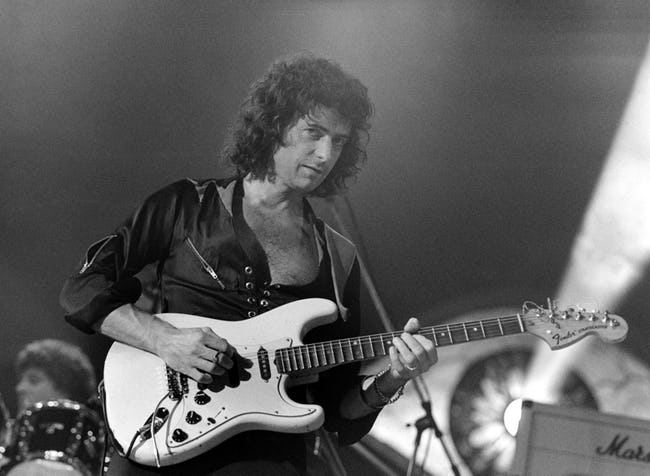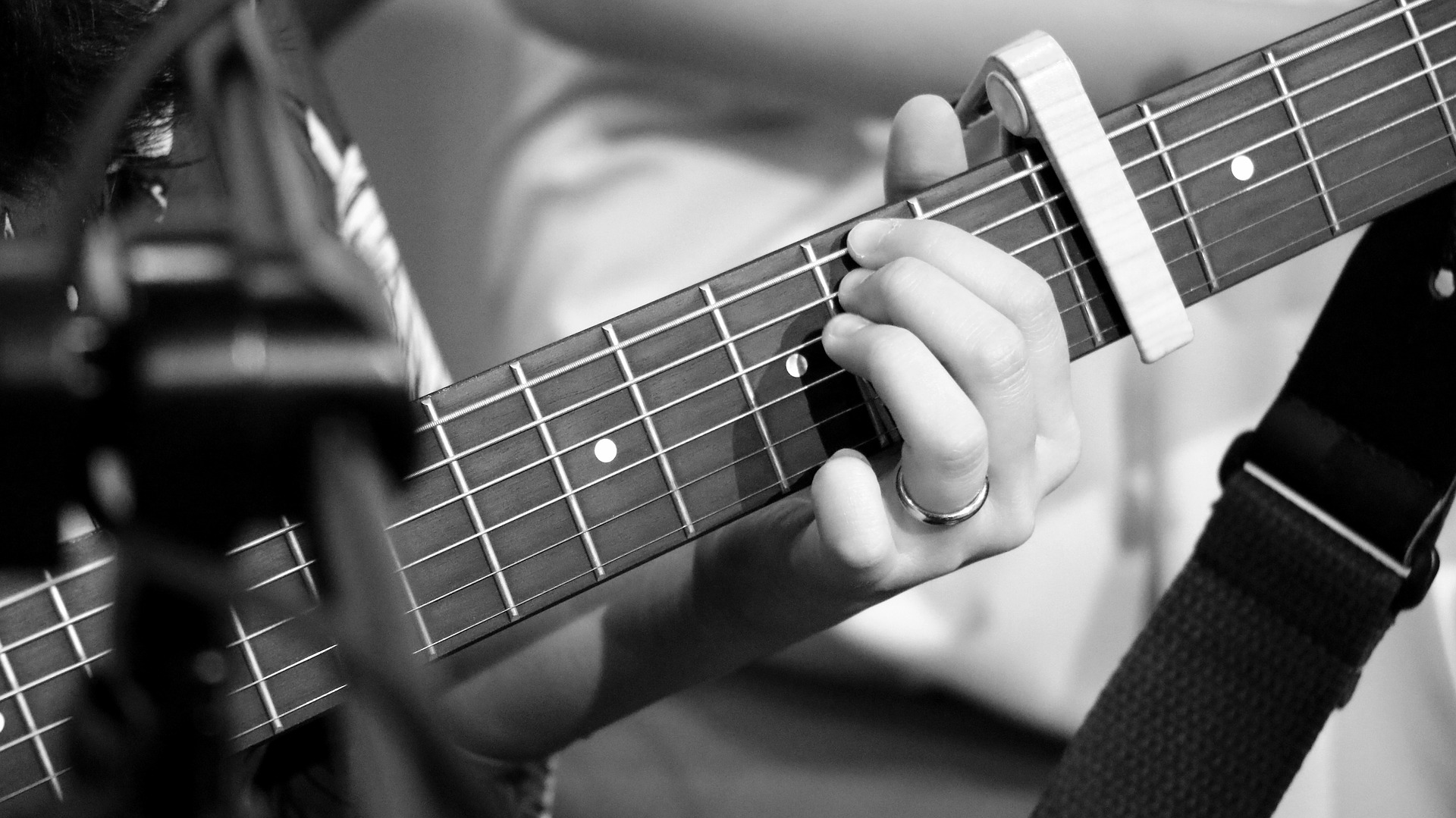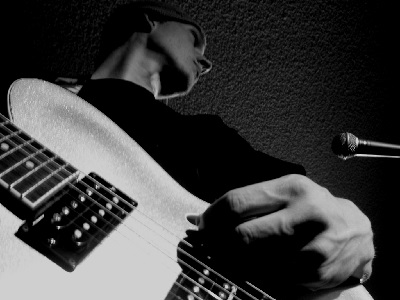Chords and Language Learning
You’ve probably heard the phrase, ‘learning music is like learning a language’, bandied around by musicians, and while most just repeat the phrase for effect, it is very true. The process for learning chords is a lot like the process for learning vocabulary in a foreign language, and has two distinct phases:
Phase 1: When you first start learning vocabulary in a foreign language, it tends to be ‘survival’ vocabulary such as water, food, beer, hello, etc. This is the equivalent of all those beginner ‘survival’ chords you learn down at the nut in order to get a coherent song out of the guitar and feel like you’re progressing. In language learning, you gradually learn more and more words until you know what most things are called, while in guitar terms this would mean learning more and more chord shapes. Sooner or later, you hit a wall in both disciplines and it’s time for phase two.
Phase 2: If you want to expand your vocabulary in a foreign language, one of the best ways to do it is by learning word formation. This is where you take a root word such as manage, then use it to form other related words such as manager, management, manageable, managerial, unmanageable and so forth. In guitar terms this means taking a basic chord such as C Minor and forming chords off it such as Cm9, Cm11, Cm6, CmMaj7 etc.
Just as you could continue learning isolated words, you could keep learning isolated chord shapes, but this is both time-consuming and won’t give you the deeper understanding of chords required by phase two; so how do you go about it?
The Major Scale
This is the point where we bring in various other skills that are essential if you want to get your head around the ‘phase two’ chord-learning process. The first is the major scale, which is infinitely more useful as a theoretical concept at this point than a practical one. What I mean is that more experienced players will tell less experienced players to go learn the major scale, so they go learn it all over the fretboard but can’t seem to apply it to anything. What the experienced players forget to tell them is that this is the ‘default’ scale because it contains the intervals 1, 2, 3, 4, 5, 6, 7 with no alterations. This information is incredibly useful for working out what notes are in any chord in any given key, so if you know the notes in each of your twelve major scales (in your head and/or on the fretboard) and you know the intervals the chord is made up of, you can find it anywhere on the fretboard.
Here’s an example:
Let’s say I want to play Gmaj7#5 chords all over the fretboard. I go the G Major Scale (G, A, B, C, D, E, F#) and pick out the intervals of the chord (1, 3, #5, 7), so I end up with the notes: G, B, D#, F#. The only non-default interval here is the #5 so you just sharpen the D.
Need to know: So far you need to know the notes of each of the twelve major scales/keys, and your intervals.
For an in-depth look at intervals, check out: Melodic Soloing in 10 Days.
Notes on the Neck
They say you start learning guitar when you learn the notes on the neck, and I’d have to agree. This is a game-changer and if you haven’t gotten round to learning them yet, I came up with a way to do it in just 12 days without dying of boredom here: How to Learn the Notes on the Neck in 12 Days.
It goes without saying that if you know the notes on the neck, you can quickly find the notes of our Gmaj7#5 chord (G, B, D#, F#) and make your own chords and inversions all over the neck. This is far more worthwhile and insightful than learning a bunch of Gmaj7#5 shapes by rote, most of which you won’t remember the following day, while as long as you know that a Gmaj7#5 chord contains the intervals 1, 3, #5, 7, (and your major scales) you can find it in any key, anywhere on the neck. This is the vast difference between learning chords phase two style and learning shapes phase one style.
Need to know: So far you need to know the notes of each of the twelve major scales/keys, your intervals, and the notes on the neck.
Final Thoughts
It may seem like a mammoth task but the payoff is a deep understanding of how chords work on the fretboard, and a system to be able to access any chord, even if you’ve never played it. If you have the ‘phase 1’ approach to chords and someone throws a 9#11 chord at you and you don’t know a shape for it, you’re screwed. However, if you know that a 9#11 chord contains the intervals 1,3,(5),b7,9,#11, and you know your major scales in every key and the notes on the neck, with a little thinking you can come up with that 9#11 chord on the fly.



